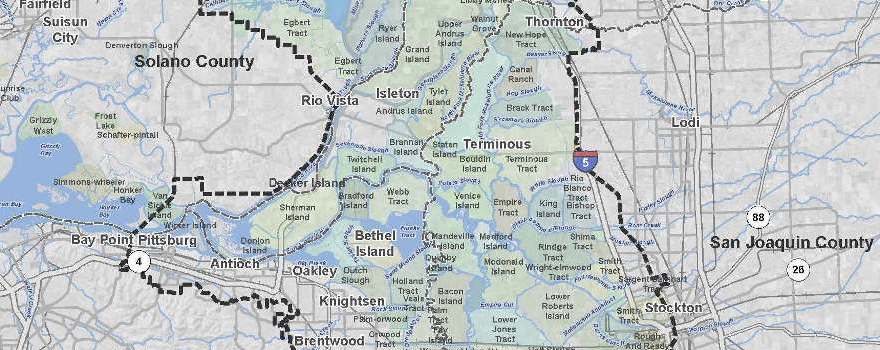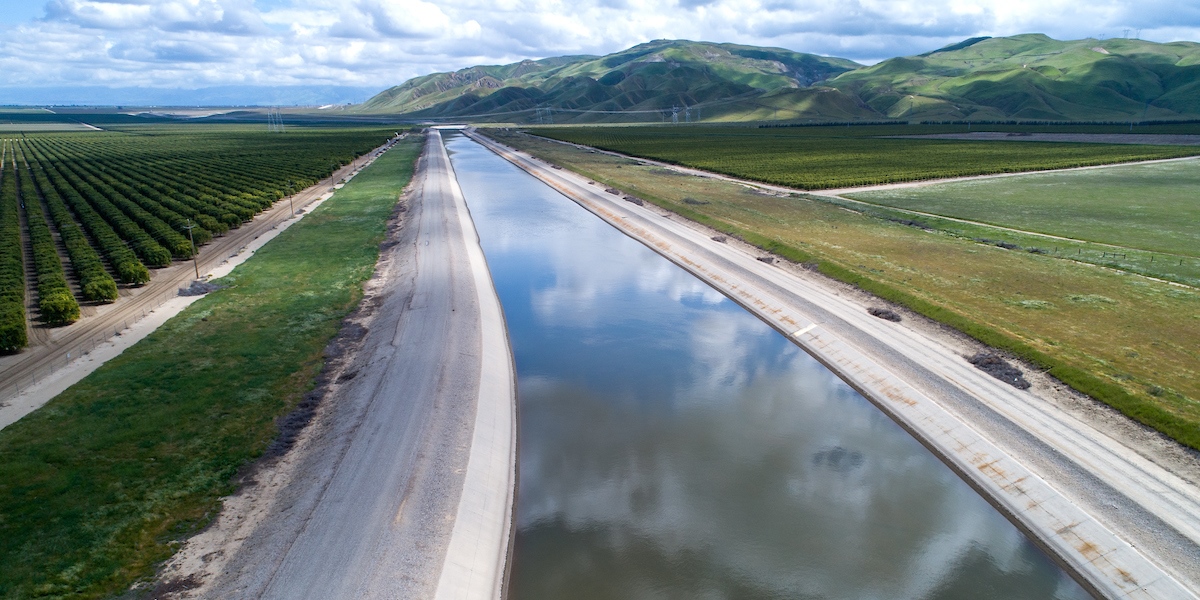The California Water Plan is the state’s strategic plan for sustainably managing and developing water resources for current and future...
Written by Robert Shibatani After a record-setting December 2021, this past month has seen the exact opposite; demonstrating once again,...
By Kathleen Wong, UC NRS In 2020, a massive lightning storm ignited wildfires across much of Northern California. Among the thousands of acres it charred were multiple coastal watersheds from San Mateo County to Big Sur. For UC Santa Cruz...
Despite December Storms, Extremely Dry January Wipes Out Surplus From the Department of Water Resources: The Department of Water Resources...
When other types of power plants go dark, hydropower provides a fast, crucial response in seconds By Kelsey Adkisson, Pacific...
At the January meeting of the Delta Stewardship Council, Delta Lead Scientist Dr. Laurel Larsen began a series of reports that, over the next few months, will highlight the science that the Council funded through the Delta Science Fellows in...
From the Department of Water Resources: Today, the California Department of Water Resources (DWR) released eight determinations on groundwater sustainability...
From the Department of Water Resources: The Sacramento-San Joaquin Delta is one of the largest estuaries in North America, providing...
Legacy mercury contamination is problematic in California waterways due to historic gold and mercury mining. Even today, mercury from abandoned mines still leaches into the creeks and rivers in the Sierra and Coast Ranges, flowing downstream and into the Delta,...
By Chris Scheuring, California Farm Bureau Federation Wendell Berry famously said that eating is an agricultural act. That makes all...
Restoration can help diversify salmon habitat and may stabilize fishing opportunities against climate shocks. From NOAA Fisheries: California’s native salmon...
By the Department of Water Resources: As efforts continue to plan and obtain all permits for a single tunnel project to modernize Delta conveyance, the Department of Water Resources’ (DWR) ongoing environmental review process will provide the public an opportunity...
From the Department of Water Resources: The Department of Water Resources (DWR) hosted a series of webinars to provide background...
By DWR: Rain and snowfall in California have always been inconsistent and unpredictable. It is our climate’s natural state. The...
Decision paves the way for improved water management as extended drought continues to impact millions of Californians Press release from the State Water Contractors: On January 5, 2022, twenty-seven years of ongoing litigation challenging the validity of the Environmental Impact...














